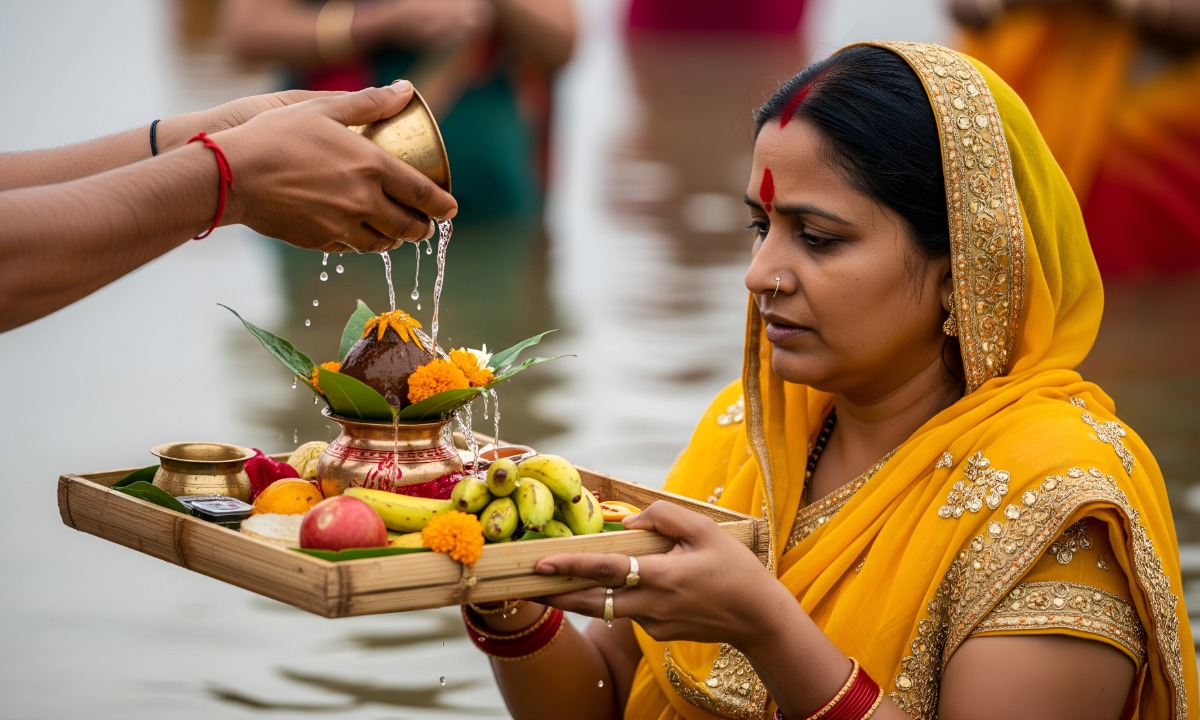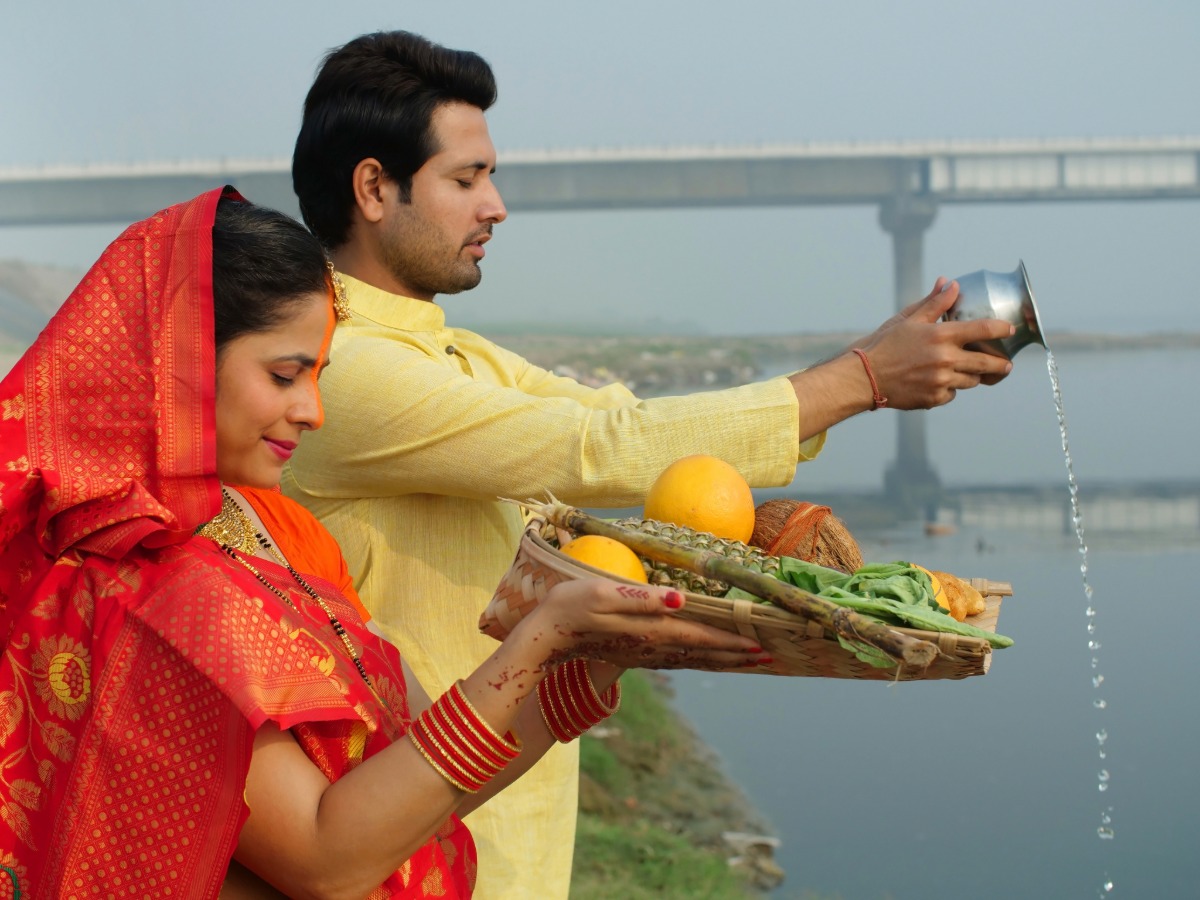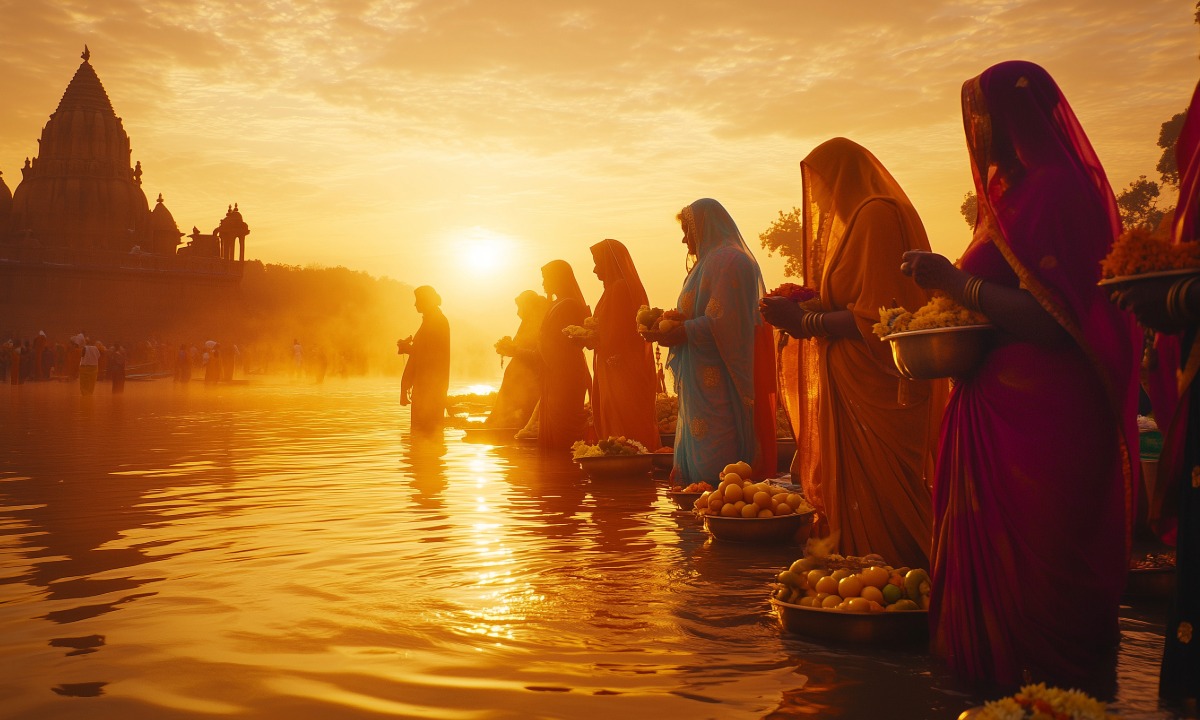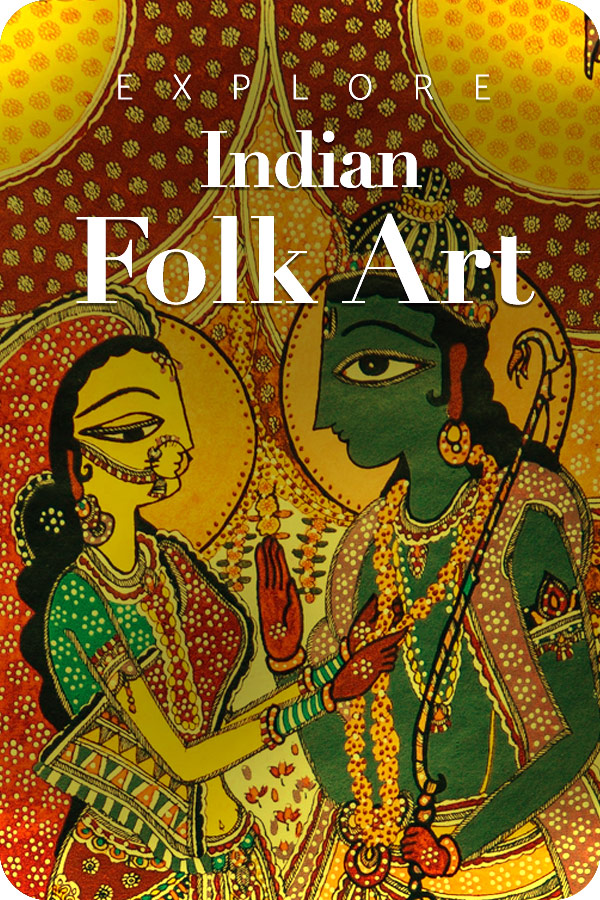
Festivals can sometimes seem like a huge community party. Chhath Puja is exactly that. It is among India’s oldest all-inclusive festivals, and the festival occurs outdoors, under the great sky.
As the festival of Chhath Puja are drawing near, you will see an entirely new world getting ready to take a spiritual journey. So here’s everything you need to know about Chhath Puja 2025:
Dates & Timing for 2025
Chhath Puja 2025 is going to start on 25th October, and will conclude on 28th October. Here is a schedule with Muhurats:
- Nahay Khay (Day 1) – Saturday, 25th October
- Kharna (Day 2) – Sunday, October 26
- Sandhya Arghya (Day 3) – Monday, October 27 (Evening offerings – offering to the setting sun).
- Usha Arghya (Day 4) – Tuesday, October 28 (Morning offerings – offering to the rising sun).
Given the sun’s relative movement in every town, the main regions of Bihar and Jharkhand can prepare everyone close to the same time. They clean and process the river banks (ghats) weeks in advance, residents work together to make those massive congregations beautiful and easy, all focused on the wisps of seconds just before sunrise and sunset.
Mythology and Cultural Significance
Chhath Puja is built on ancient legends, connecting us directly to heroes we know. One major story links it to Karna, the son of the Sun God, who performed the rituals for strength. Another tradition is connected to Draupadi. She fasted for her family’s protection and well-being on this day.
The entire festival is celebrated to show gratitude towards Sun (Surya), the source of all life and energy. The rituals aim at showing respect for nature’s life-giving forces. It’s a direct dialogue with the purest elements: the sun and the water.
For people in Bihar, Jharkhand, Eastern UP, and Nepal, Chhath is the ultimate cultural event. More than just a religious duty, it’s a huge, emotional gathering that focuses on good health, profound gratitude, and the unique ability of an entire community to unite in spiritual discipline.
Day-by-Day Rituals

1. Nahay Khay (25 October – Saturday)
The festival begins with a holy bath in rivers or ponds, early in the morning. This is followed by the preparation of a satvik meal, including bottle gourd, rice, and chana dal.
2. Kharna (26 October – Sunday)
Devotees observe a strict fast on this day. They don’t even consume water (nirjala vrat) from sunrise to moonrise.
They consume kheer made with jaggery after the sunset of the prior day, along with bananas, rice, and roti. This food is consumed aa prashaad, offered to Chhathi Maiya as well. This marks the beginning of a 36-hour nirjala fast observed till sunrise on Usha Arghya.
3. Sandhya Arghya (27 October – Monday)
As the sun goes down, devotees perform arghya while standing in water up to their waists. They also carry a soop (bamboo basket) containing thekua, sugarcane, bananas, turmeric root, coconut, diyas, and fruit in season.
4. Usha Arghya (28 October – Tuesday)
On the last day, before sunrise, the devotees offer water and prasad to the rising sun. After the arghya, the fast is broken and prasad is distributed to family, neighbors, and visitors.
Prasad, Foods & Offerings
The ritualistic prasad offered on Chhath Puja consists of very simple and satvik meals. The food is prepared without using onion or garlic. Some of the food items included in the meals are :
- Thekua
- Rice flour Ladoo
- Rasiya or Gud ki kheer
- Kaddu Bhaat
Chhath Puja is known for being eco-friendly; there are no toxic colours, no idols, no crackers, just love and devotion. The festival emphasizes the significance of nature and conservation of nature.
Observance & Participation
While the main Vrati, or the person who strictly follows the fast, is traditionally the woman of the household. The Vrati undertakes the rigorous fast. But the men and children of the household also contribute to preparing prasad, arranging soop, and in carrying the offerings to the ghat. The entire family plays a crucial role.
The participants are required to refrain from both non-vegetarian dishes, and also alcohol. Likewise, they may not eat food, or drink any water, from anything that a non-participant has touched. The fast is already one of the hardest fasts lasting almost 36 hours without water. Additionally, the Vrati usually wears a newly made customary garment, which is often an orange or yellow saree to represent holiness.
The highlighted point of Chhath is the amazing communal spirit in which family and neighbors will come together at the ghats (banks of a river, pond, or lake) and perform the principal Arghya rituals. They will sing folk songs (Chhath geet) as a group, which describes the history and glory of the Sun God.
The attention to lakes, rivers, and ponds is important, as these are the locations where the Sun God is worshipped directly. Thus, standing in the water at dawn and sunset signifies the human body being aligned directly with the cosmic energy of the Sun.
In addition to this, the idea of cleaning the ghats together prior to the festival symbolizes the need for environmental cleanliness and respect towards the elements of life. The entire act is to express gratitude to Nature itself..
Challenges & Modern Adaptations

Issues of crowding, safety, and ghat maintenance
A large number of devotees congregate at popular ghats (riverbanks), sometimes even exceeding limits which leads to risk of severe crowding. This presents a serious safety risk, particularly since many devotees stand in the deep water at dawn and dusk. Furthermore, this increases the burden of ensuring that cleanliness on the riverbanks is embraced. This is another responsibility that is often undertaken by the community immediately before the festival raising another questions of long-term maintainability.
Environmental concerns and plastic
Despite being eco-friendly, the festival raises some environmental concerns. These include:
– Plastic Pollution: it is common for people to carry puja samigri in plastic bags. They dispose these plastic bags at the puja venue itself.
– Water Quality: while the aim is to worship the nature, the massive immersion of puja materials in the river likely contributes to the water pollution.
Emerging eco-friendly practices
To ensure you are being eco-friendly you can consider:
- Utilizing organic materials like bamboo and clay instead of plastic. This is the zero-waste chhath initiative.
- To reduce the crowding on main river banks and ghats, smaller man-made ponds are being set up for devotees.
- Post-puja cleaning drives are being initiated by several NGOs and communities.
Tips for Devotees / Visitors (2025 Edition)
| Category | Must-Have Items | Notes |
|---|---|---|
| For Offerings | Thekua, sugarcane, bananas, coconuts, earthen diyas | All offerings should be packed in the traditional bamboo basket (soop or daura). |
| For Devotees (Vratis) | New/clean saree (often yellow or orange), shawls, warm layers | The fast is long; carry warm blankets for after the Arghya, as the air is cold. |
| Personal Safety | Flashlight or headlamp, simple mat or cloth to sit on | Essential for the pre-dawn (Usha Arghya) ritual, as lighting at the ghats can be dim. |
Chhath Puja Across India & the World
Famous ghats and temples
- Deo Sun Temple (Aurangabad, Bihar)
- Gandhi Ghat (Patna, Bihar)
- NIT Ghat (Patna, Bihar)
- Dehri-on-Sone (Rohtas, Bihar)
- Dadar Chowpatty (Mumbai, Maharashtra)
- Juhu Beach (Mumbai, Maharashtra)
- Babughat (Kolkata, West Bengal)
- Yamuna Banks / Artificial Ponds (Delhi-NCR)
Celebrations among urban and diaspora communities
Chhath Puja is no longer limited to Bihar and the eastern part of the country. As the residents from these states migrated to new places, they carried this culture with them. Now, Chhath Puja is celebrated across several urban centres and even at the global level.
However, the urban and global nature of Chhath Puja celebration has also seen some adaptations. As an example, in the cities of Delhi, Mumbai, and Kolkata, temporary sites for communal water activity are set up in public parks and community centers.
People in the global diaspora also observe Chhath in the United States, Canada, and Mauritius. Often communities will use either large public ponds, temple tanks, or, sometimes, inflatable pools to conduct the ritual of standing in the water for the Arghya, linking their cultural home to a transient community in a different place.
Conclusion
Chhath is much more than a festival. The festival represents the deep lessons of discipline, dedication, and gratitude. The commitment, demonstrated by fasting without water, proves the remarkable power of faith and simplicity. May its message of selfless pureness continue to exist.







